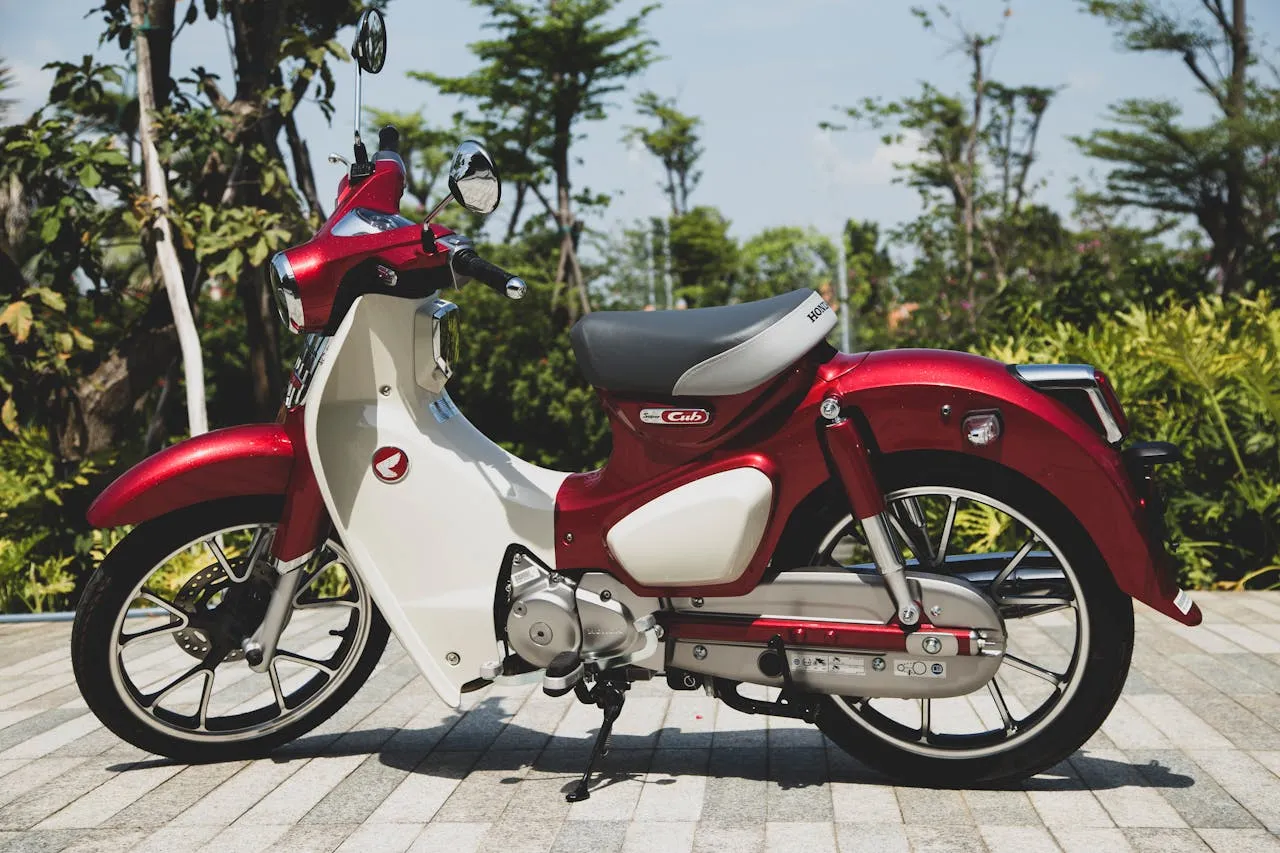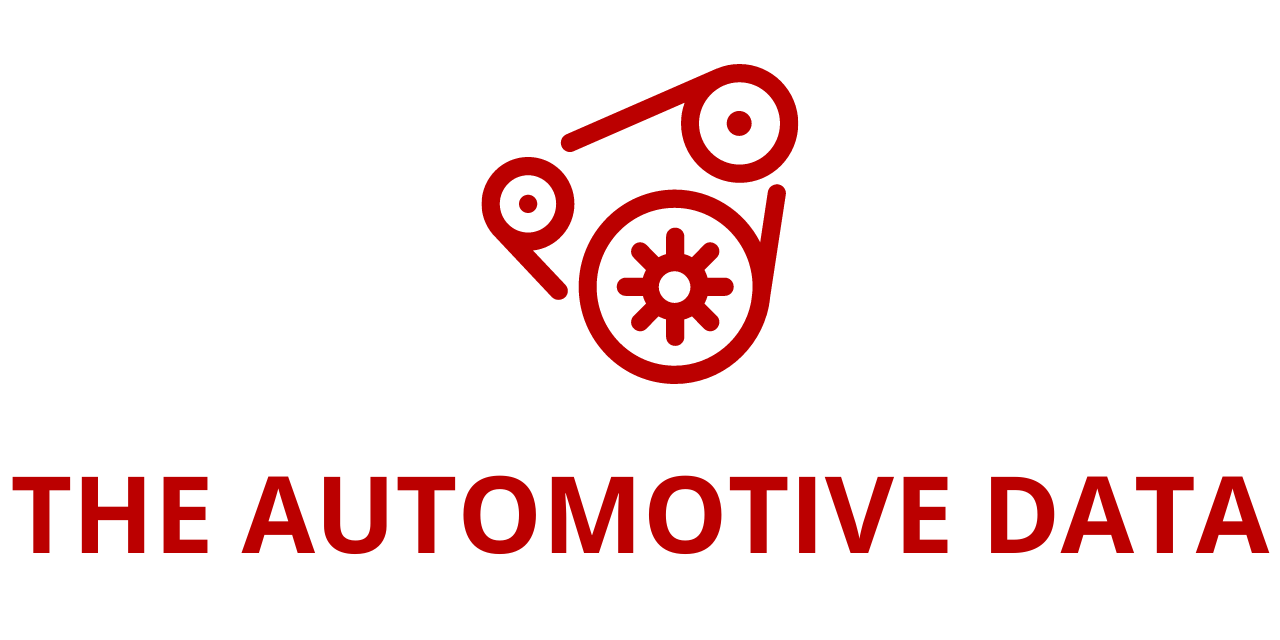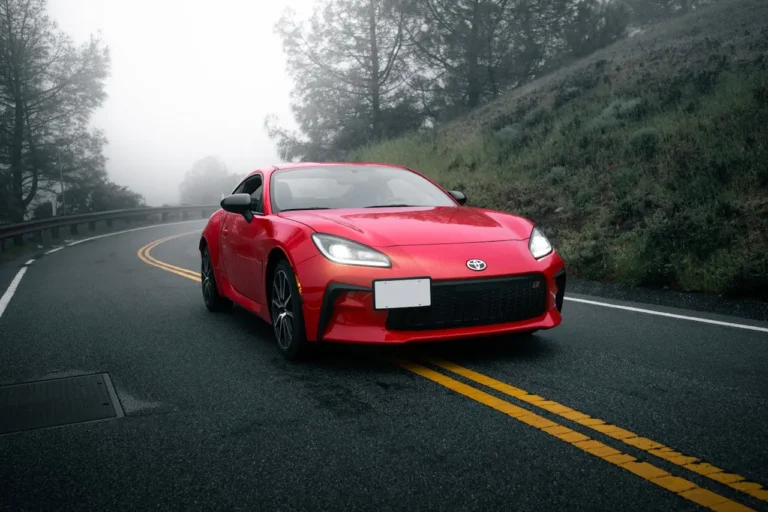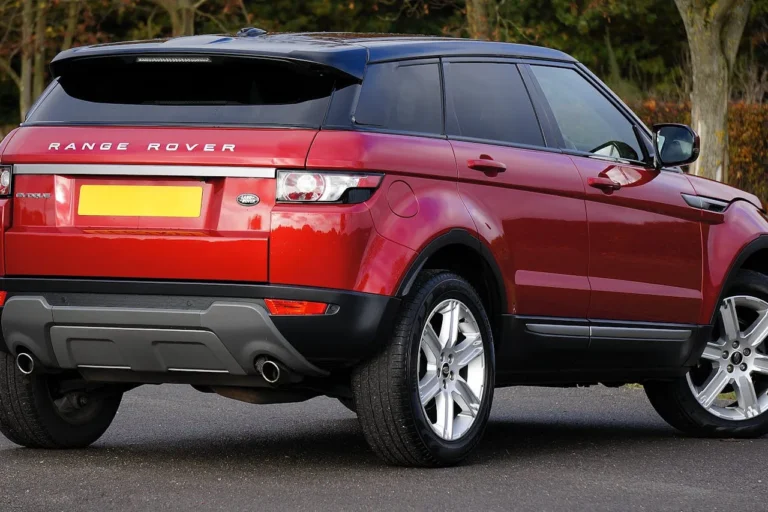
Global Bike and Scootersharing Telematics Market – 4th Edition: Micromobility Fleet Set to Reach 37.8 Million by 2029
The “Bike and Scooter sharing Telematics Market – 4th Edition” report has been newly released on ResearchAndMarkets.com, providing a comprehensive analysis of the rapidly evolving micromobility ecosystem. This latest edition offers insights into bikesharing and scootersharing market trends, telematics technologies, leading vendors, regulatory frameworks, and future growth forecasts.
According to the report, the number of vehicles deployed in bikesharing programs worldwide is projected to grow from 25.7 million at the end of 2024 to 34.3 million by 2029, representing a compound annual growth rate (CAGR) of 5.9%. In parallel, scootersharing services are expected to expand even faster, with the fleet increasing from 1.9 million vehicles in 2024 to 3.5 million by 2029, a CAGR of 12.8%. Combined, the total shared micromobility fleet is forecasted to reach approximately 37.8 million vehicles globally by 2029.
Understanding Shared Micromobility
In most industrialized countries, passenger cars and light trucks remain the dominant mode of transportation. However, the majority of urban car trips are single-occupancy journeys, and vehicles are typically used for only about an hour per day on average. Shared micromobility services, including bikesharing and scootersharing, provide an alternative for urban commuters, offering short-term, flexible mobility solutions that complement public transport, carsharing, ridesharing, taxis, and other modes. These services aim to reduce the overall cost of mobility, minimize congestion, lower environmental impact, and reduce the burden of vehicle ownership.
Micromobility primarily involves shared, lightweight vehicles—such as bicycles, sit-down scooters, and stand-up scooters—that can be rented on a short-term basis in urban areas. These services are designed for trips ranging from zero to ten kilometers and are generally billed by the minute or hour, often including maintenance, parking, and charging costs. By promoting the use of smaller, shared vehicles, micromobility contributes to reducing inner-city congestion, improving air quality, and enhancing urban livability.
Telematics: The Backbone of Shared Mobility
Telematics devices and smartphone applications are fundamental to the operation of modern bikesharing and scootersharing services. These systems collect trip data, enable fleet management, and grant vehicle access through apps. Comprehensive software platforms manage operations end-to-end, including in-vehicle equipment monitoring, fleet oversight, booking and billing systems, and performance dashboards. Advanced analytics tools allow operators to optimize operations, improve service efficiency, and enhance user experiences.
Leading providers of end-to-end bikesharing technology include Nextbike, Lyft Urban Solutions, and JCDecaux, offering bicycles, connected locks, station-based infrastructure, and software systems. Key micromobility telematics solution providers include Omni Intelligent Technology, Jimi IoT, Connected Cycle, Queclink, and Teltonika Telematics. On the software side, companies such as Qucit, Urban Sharing, Atom Mobility, MOQO, Wunder Mobility, and CT Mobility provide platforms for fleet and operational management.
Market Overview and Forecasts
As of the end of 2024, the total shared micromobility fleet worldwide was estimated at 25.7 million vehicles, with free-floating bikesharing systems dominating the market in terms of deployed units. By 2029, the bikesharing fleet is expected to reach 34.3 million vehicles globally, while scootersharing—covering both sit-down and stand-up scooters—will expand to approximately 3.5 million vehicles. Regulatory frameworks will play a pivotal role in shaping market growth, influencing vehicle types, helmet requirements, operational licenses, and fleet limits.
Commercial micromobility services are delivered by specialist operators, local governments, public transport providers, and other shared mobility companies. Many operators offer multi-modal fleets that include both bikes and scooters. Major global players with such integrated fleets include Lime, Dott, Bolt, Voi, and Swing Mobility.
Leading Operators by Segment
- Free-floating bikesharing: Operators such as Hellobike, Didi Qingju, and Meituan Bike in China; Anywheel in Singapore; and RideMovi, Donkey Republic, and Forest in Europe.
- Station-based bikesharing: Examples include Nextbike, Velib, and Call a Bike in Europe; Docomo Bike Share and Hello Cycling in Japan; Bixi Montreal in Canada; and Tembici in Latin America.
- Sit-down scootersharing: Operators like Yulu in India; Marti Technologies in Turkey; GoShare and WeMo in Taiwan; and Cooltra and Check in Europe.
- Stand-up scootersharing: Launched between 2017 and 2018, this segment is led by Dott, Whoosh, Lime, Third Lane Mobility (including Bird and Spin), MTS Urent, Bolt, and Voi.
The market has witnessed significant mergers and acquisitions, reflecting growing consolidation and interest from diverse players across the ecosystem. Operators are increasingly adopting hybrid operational models, ruggedized and modular vehicles, AI-driven telematics, and advanced fleet optimization tools to enhance profitability and operational efficiency.
Report Highlights
The report draws insights from 30 executive interviews with leading market participants and provides:
- Up-to-date data on bikesharing and scootersharing fleets worldwide.
- A complete overview of the connected bikesharing and scootersharing value chain.
- Analysis of market trends, regulatory impact, and key developments.
- Detailed profiles of 28 technology vendors and their propositions.
- Case studies of 41 shared micromobility initiatives.
- Market forecasts by region extending to 2029.
The report is an essential resource for bikesharing and scootersharing service providers, telematics and software vendors, car manufacturers, telecom operators, investors, consultants, and government agencies seeking detailed knowledge of the sector’s growth, challenges, and technological advancements.
Key Topics Covered
- Introduction to Micromobility
- Urban transportation modes, including cars, bikes, scooters, and motorcycles.
- Global trends affecting car ownership and peak car use.
- Overview of shared mobility services and micromobility operations.
- Telematics infrastructure enabling shared vehicle access and management.
- Market Forecasts and Trends
- Bikesharing and scootersharing fleet growth projections.
- Regulatory environment and its impact on operator licensing, fleet sizes, and safety requirements.
- Industry trends, including convergence with public transport, partnerships, multi-modal fleet adoption, ruggedized vehicles, AI-driven fleet management, and service consolidation.
- Mergers and acquisitions shaping the competitive landscape.
Specialist Operators and Technology Vendors
The report categorizes operators and vendors across segments:
- Specialist micromobility operators: Beam Mobility, Bolt Technology, Dott, Lime, Neuron Mobility, Swing Mobility, Third Lane Mobility, Voi Technology, among others.
- Specialist bikesharing operators: Anywheel, Bixi Montreal, Blue-bike, Call a Bike, Didi Qingju, Docomo Bike Share, Donkey Republic, Forest, Hello Cycling, Hellobike, Meituan Bike, Mevo, MYBYK, Tembici, Velib, etc.
- Stand-up scootersharing operators: BinBin, Hop, Ryde Technology, Superpedestrian, MTS Urent, Whoosh.
- Sit-down scootersharing operators: Acciona, Check, Cooltra, Emmy (GoTo), Felyx, GoShare, WeMo, Yulu.
Technology vendors include:
- End-to-end bikesharing solutions: Drop Mobility, Fifteen, Freebike, JCDecaux, Lyft Urban Solutions, Nextbike, Vaimoo, Youon Technology.
- Micromobility telematics vendors: Comodule, Connected Cycle, Haveltec, Jimi IoT, Joyride Technologies, Luna Systems, Omni Intelligent Technology, Queclink Wireless Solutions, Teltonika Telematics, Tracefy.
- Software platform providers: 2hire, Atom Mobility, CT Mobility, Drover AI, MOQO, Qucit, Urban Sharing, Vulog, Wunder Mobility, Zemtu.







